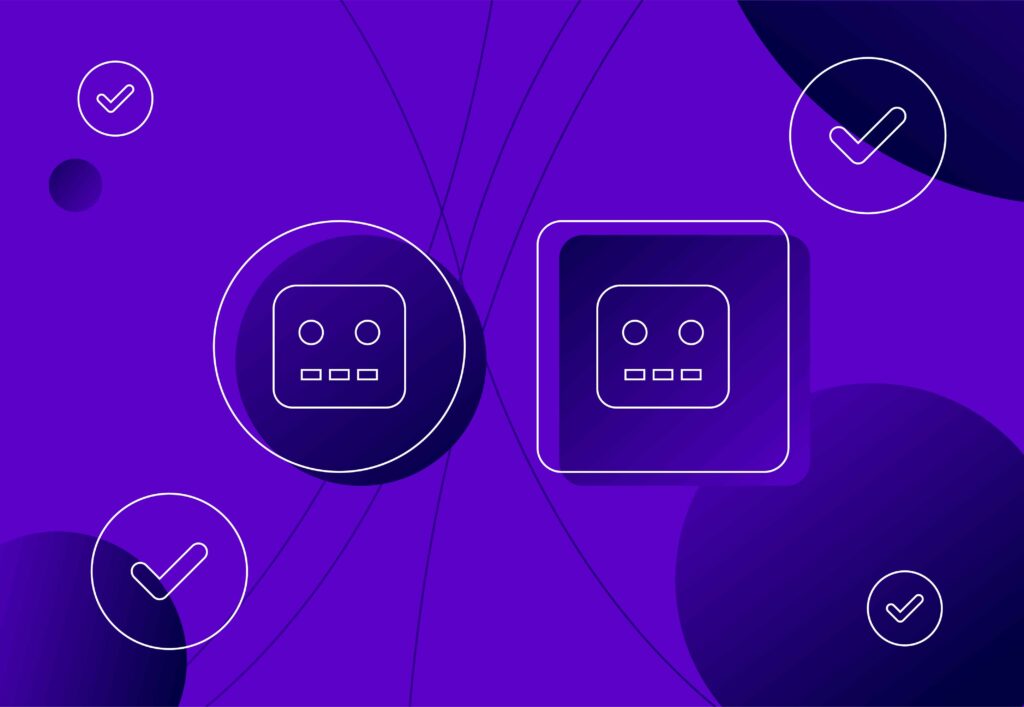
How to Become an Instagram Influencer

The definition of an ‘Instagram influencer’ and what it means to be one has evolved in recent years, as the social media platform itself has grown.
With roughly one billion monthly active users, Instagram is the perfect platform for influencers, also known as content creators, to share their lives with others and attract partnerships with brands and other organisations.
According to Shopify, the definition of an Instagram influencer is ‘someone who’s built a reputation around a certain niche on Instagram’. There are influencers who focus on creating content around a very specific niche with the aim of attracting and audience and building a certain type of followers, but there are others who have taken to the platform to share aspects of their lives, and have naturally built up a large following – without the intention of becoming an influencer.
There are also those who participate in reality TV shows, and after it’s aired, build up a following of people who then want to keep up to date with their lives. If you fancy yourself as an influencer, consider why, the impact it will have on your life, and the value you wish to bring to the platform and its users.
You don’t need millions, or even hundreds of thousands of followers, to be a successful influencer or to make a decent amount of money. It’s widely known that there are different categories content creators fall into based on the amount of followers they have. People can still do well working as ‘micro’ or ‘nano’ influencers which impact smaller audiences, along with the ‘macro’ or ‘major’ influencers which have either millions, or hundreds of thousands of followers.
If you decide you want to be an influencer, you really need to work at it, so read our guide below on how to get started on your journey to becoming an Instagram influencer.
Decide on your niche and content strategy
Research, as well as analysing your own wants, needs, skills and passions, is the place to start. It goes without saying, if you pick a niche you don’t particularly know much about or enjoy talking about, it’s less likely to work – because you need to be consistent. Start with what you like, love, are knowledgeable about – and expand on it. Make sure you’re aware of how many other influencers create content around your topic of choice, for example fashion, so you have an idea about how saturated the field is. You might want to take a topic and create your own niche around it, for example bargain fashion, vintage fashion or sustainable fashion. Think about what value and information you want to give people. It could be tips, advice, outfit ideas, and so on.
Research the other influencers out there doing the same or similar as what you’d like to do. Keeping on top of what your ‘competitors’ are doing is key – because not only can you take inspiration from them but you don’t want to miss out on any trends.
You should have a content strategy in place, and ideally make a plan every month based on what and when you’re going to post – including photos, videos, reels and story content. Using a content calendar will help you keep on top of things.
Target audience
While it might take you a while to figure out your exact target audience, knowing this will make it easier for you to pitch to and work with brands, who have their own target audiences. Businesses like to invest in influencer marketing through content creators who are good at tapping into and engaging with the same audience that they target. As soon as you start creating content you can analyse your analytics, to see which sex, location, and age group engages with your content the most.
Use the tools Instagram favours and keep up to date with changes
While feed posts used to be Instagram’s main feature, now, it’s all about reels. The Instagram algorithm favours accounts which have consistent, and decent levels of engagement, and that make use of its new tools. Instagram’s algorithm is always changing and there are plenty of handy guides on how to get to grips with it and evolve in line with it.
As Later describes, there are four key concepts at play which Instagram takes into account when deciding on where to place your content within a person’s feed or explore page. They are information about the post and the poster (you), as well as a user’s activity, and interaction with the poster.
There are a few top tips when it comes to building your own engagement – which is the amount of views and interaction your content gets. You need to be active, if people comment on your posts or stories, like their comments, reply to them, show Instagram you are interacting with them, and that way they are more likely to see your content in the future. One major key is you need to post consistently.
You can encourage users to engage with you by doing Q&As on stories, conducting polls, and tempting them to watch your videos and read your captions by teasing information. A basic example of this would be posting a reel with the cover text as: ‘Do you want to find out the best kept secrets for fashion bargains? Watch here’.
As you build a presence and establish your identity as an influencer with a purpose you will attract a following, as well as the attention of brands – but this can take time, so be consistent and persistent.
Think about everything you’re going to need – including new skills
Once you know which tools you’re going to use, you need to get good at using them. So if you haven’t created, for example, a reel before – you need to practice and familiarise yourself with doing so. Think about what you need in order to create good content. Is it a professional camera? A space in your home with a good backdrop, and lighting? Or do you need to learn how to edit photos?
Quality is always going to be key, and the more professional and aesthetically pleasing your content is, the better it will do.
Rates and earning money
According to an influencer income survey carried out by HypeAuditor, influencers earn, on average, £2,137 per month from their Instagram account. Micro-influencers with between one and 10,000 followers average at £1,021 per month, and mega-influencers with over 1m followers average at £11,050 per month.
You get to decide your own rates, and you’ll need to be clear about what these are when you pitch to work with any brands. If you don’t want to share these straight away, you can make clear you’re open to a first-time partnership rate and see what the brands come back with.
Working with brands
Before you start pitching yourself to brands, you need to have built up a following, know your target audience, and have analytics to back yourself up. A PR and Influencer Marketing Manager at Later says, your pitch email should contain the following:
- 2-3 paragraphs of information
- A perfectly-crafted subject line
- An introduction to yourself
- What you love about the brand/product
- A media kit
- A verified analytics report
- Your rates
- A call to action
When you find your niche and what you’re good at, the brand you should work with will stand out to you. It can be scary pitching for the first time, but it’s helpful to set up a basic template for a pitch email that you can adapt from brand-to-brand.
To find out more about how a full service digital marketing agency can help you and your brand, click here.



